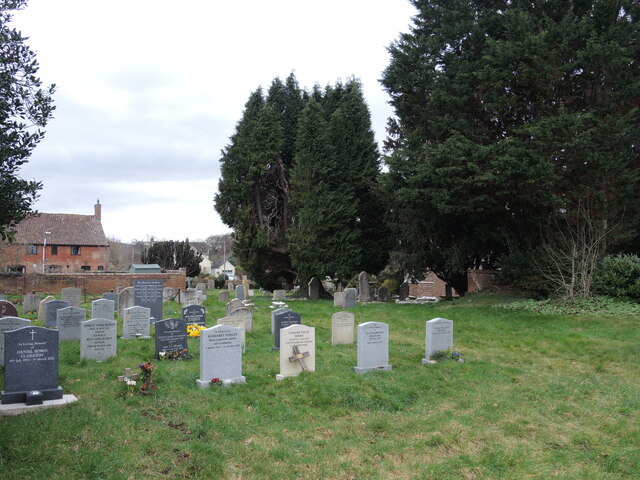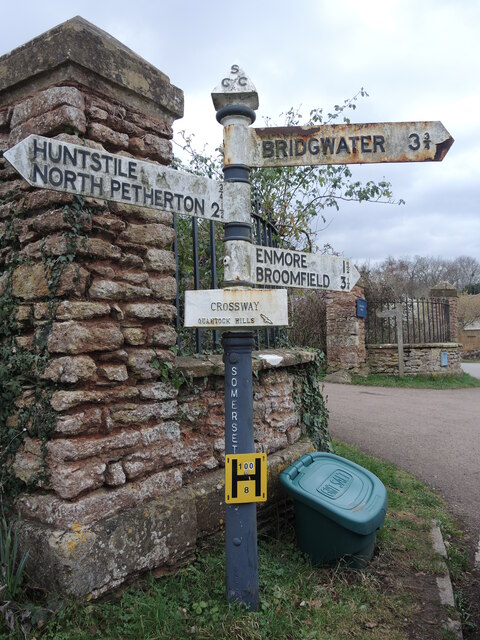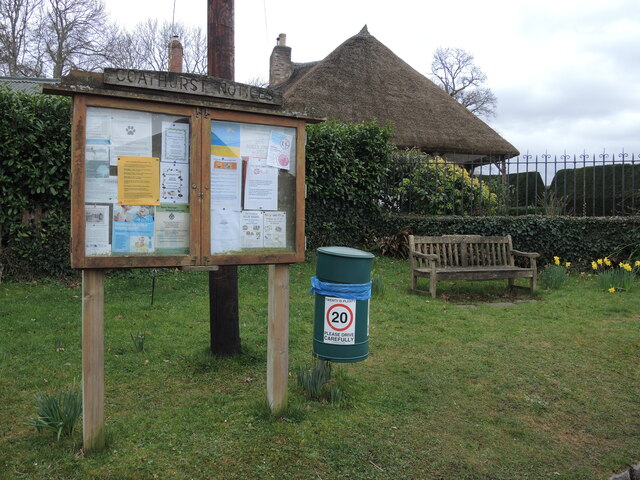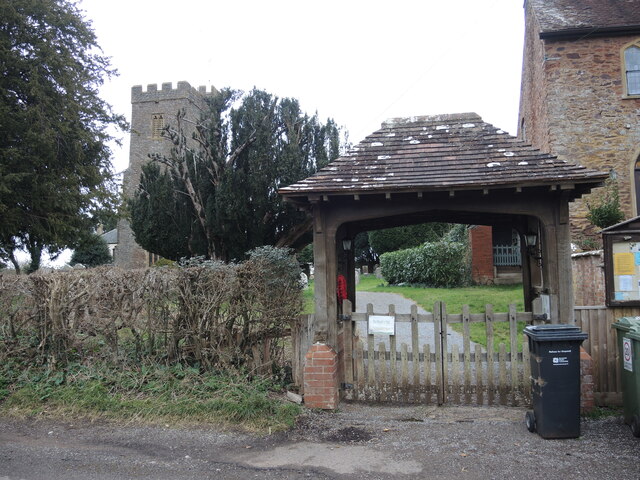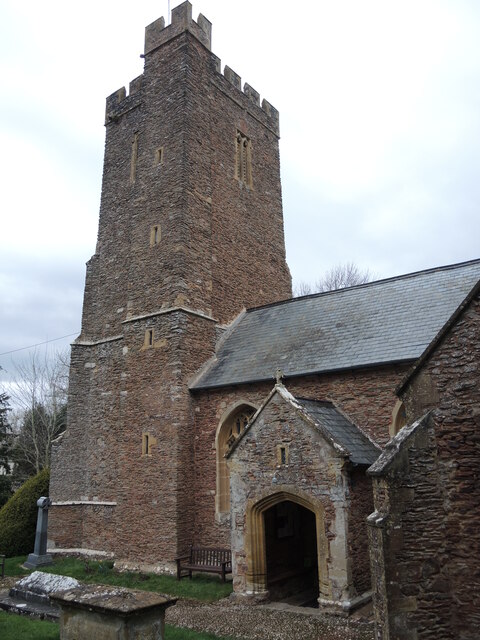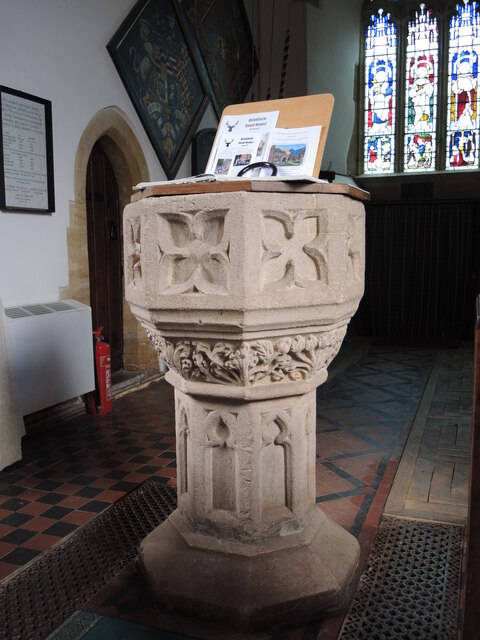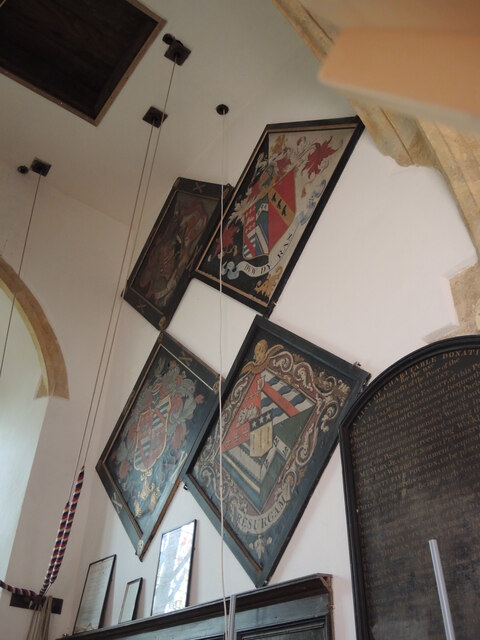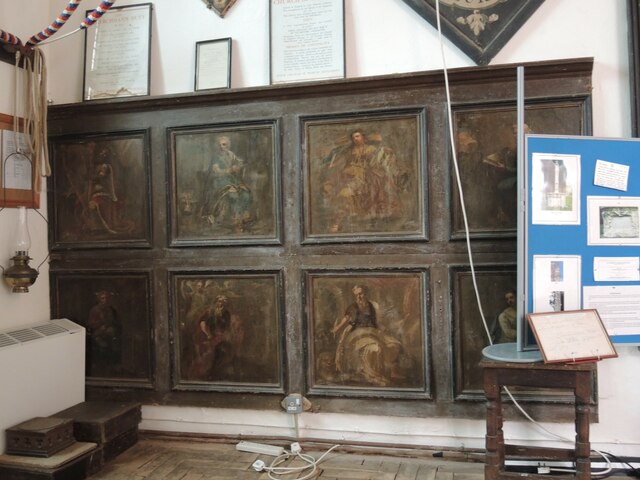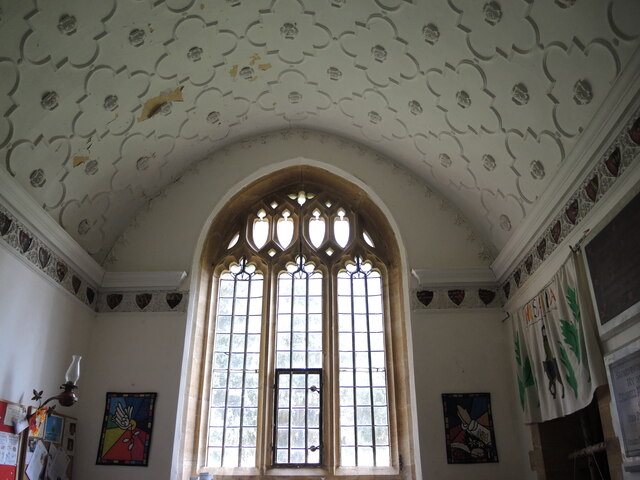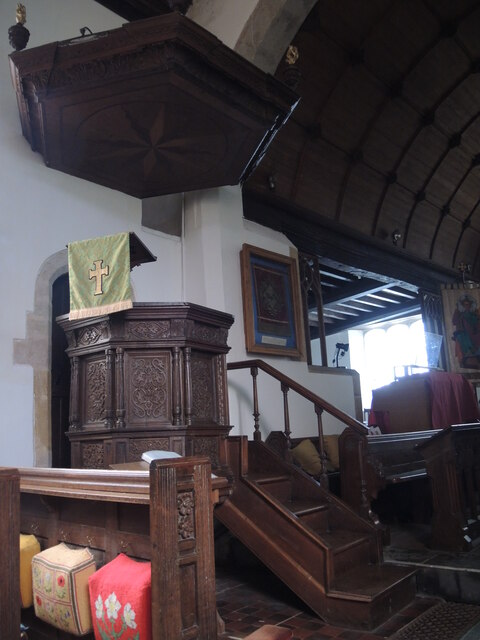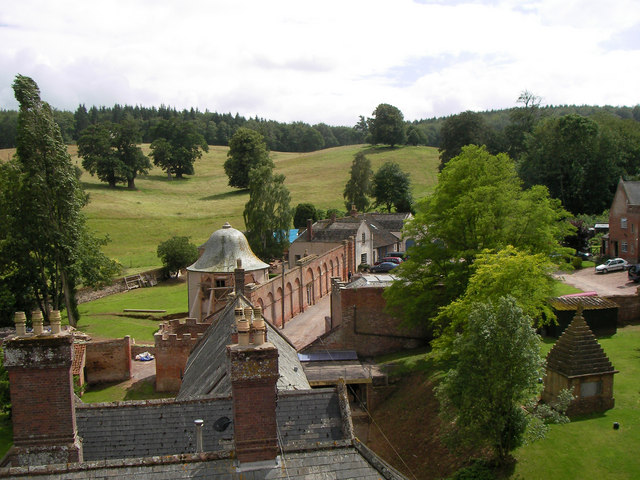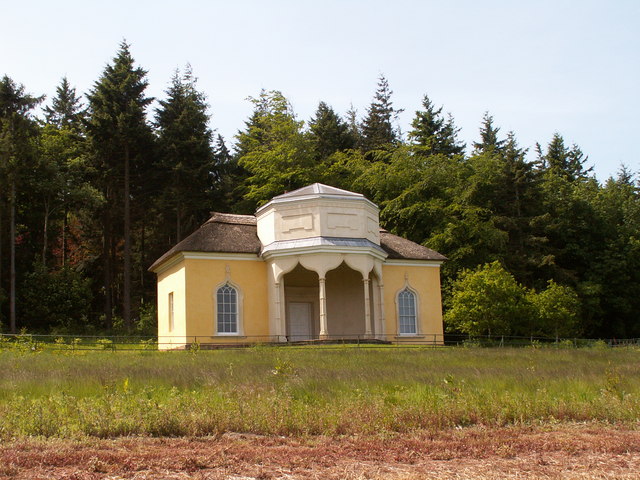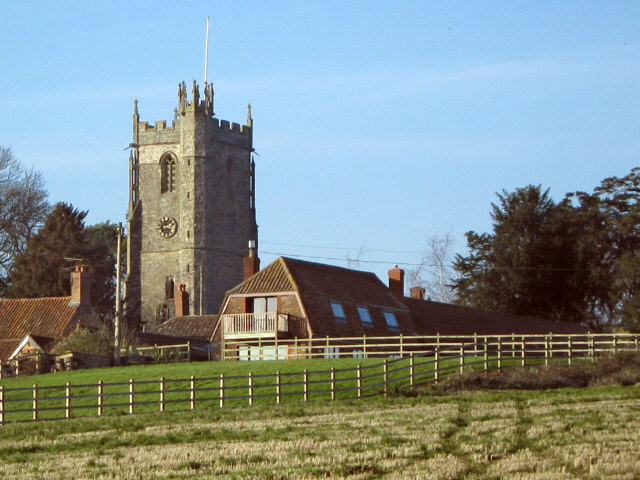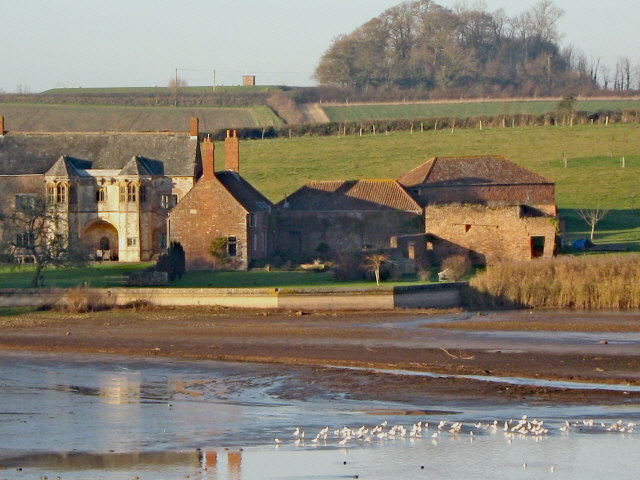Goathurst
Civil Parish in Somerset Sedgemoor
England
Goathurst
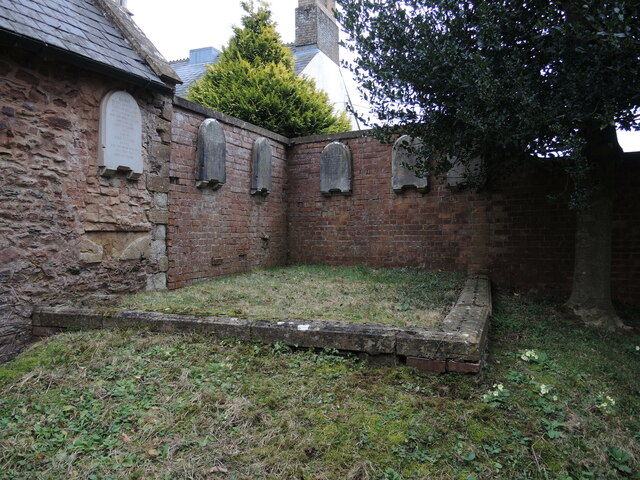
Goathurst is a civil parish located in Somerset, England. It lies approximately 5 miles north of the town of Bridgwater and 9 miles west of Taunton. The village is situated on the northern slopes of the Quantock Hills, an Area of Outstanding Natural Beauty.
The parish covers an area of about 1,000 acres and is predominantly rural, with a small population of around 200 people. It is surrounded by picturesque countryside, characterized by rolling hills, woodlands, and meadows. The landscape offers stunning views and is popular with walkers, hikers, and nature enthusiasts.
Goathurst is known for its historic buildings, including the Grade I listed St Edward's Church, which dates back to the 12th century. The church features a striking tower and a medieval stained glass window. Nearby is the former Goathurst Manor, now a private residence, which has a rich history dating back to the 14th century.
The village has a strong agricultural heritage, with several farms still operating in the area. It is a peaceful and close-knit community, with a village hall that serves as a hub for various social and community activities.
Despite its small size, Goathurst has gained some recognition in popular culture. It was featured in the novel "Lorna Doone" by R.D. Blackmore, which is set in the nearby Exmoor region. Additionally, the village was used as a filming location for the British television series "The Onedin Line" in the 1970s.
Overall, Goathurst offers a tranquil and scenic countryside escape, with a rich historical background and a strong sense of community.
If you have any feedback on the listing, please let us know in the comments section below.
Goathurst Images
Images are sourced within 2km of 51.102036/-3.060136 or Grid Reference ST2534. Thanks to Geograph Open Source API. All images are credited.
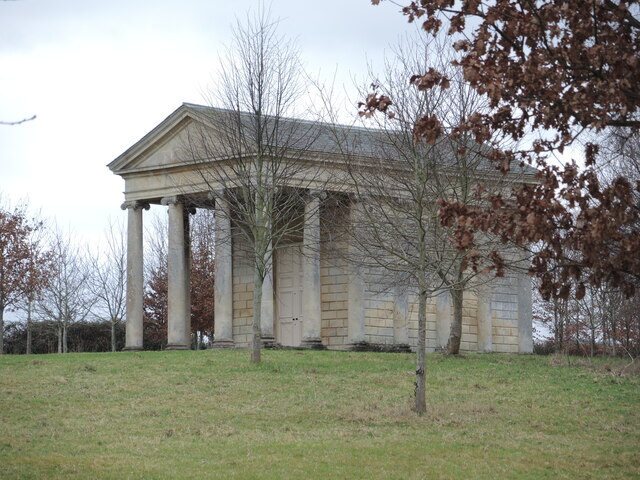
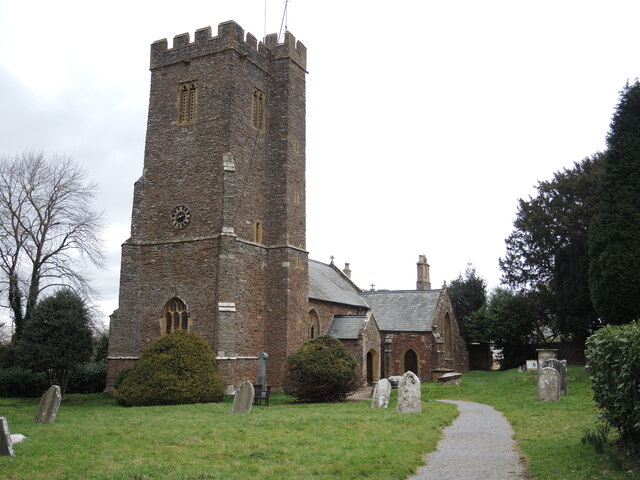
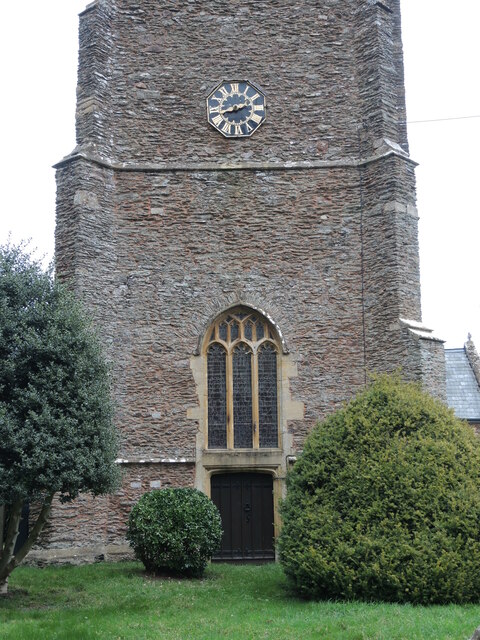
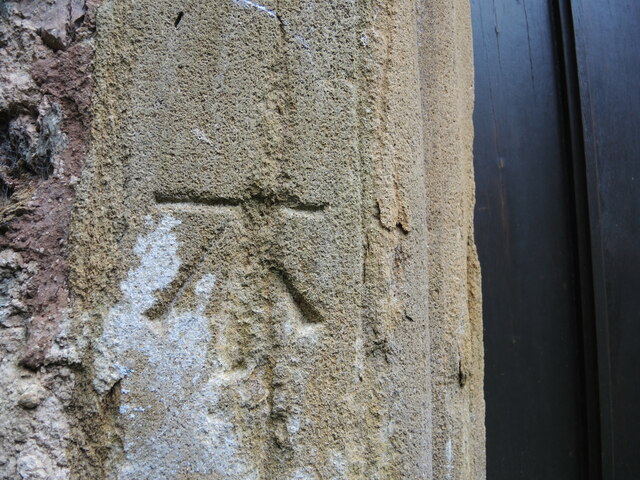
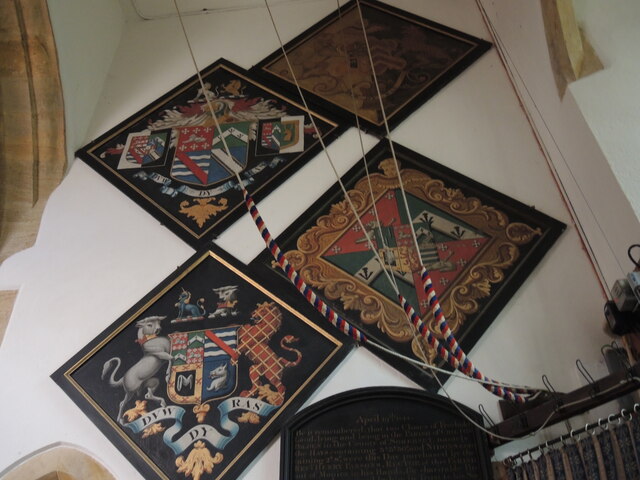
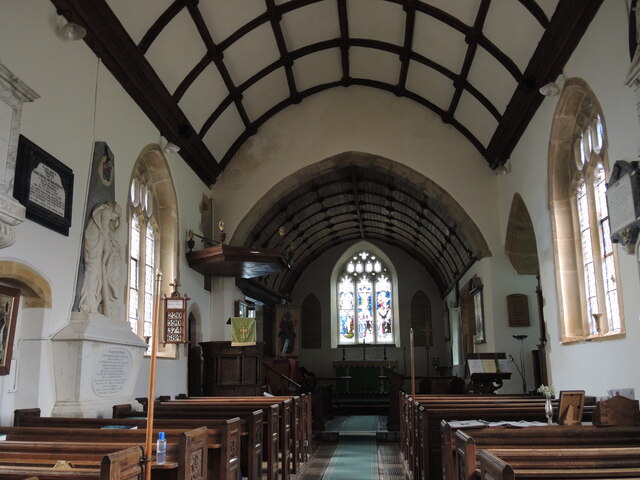
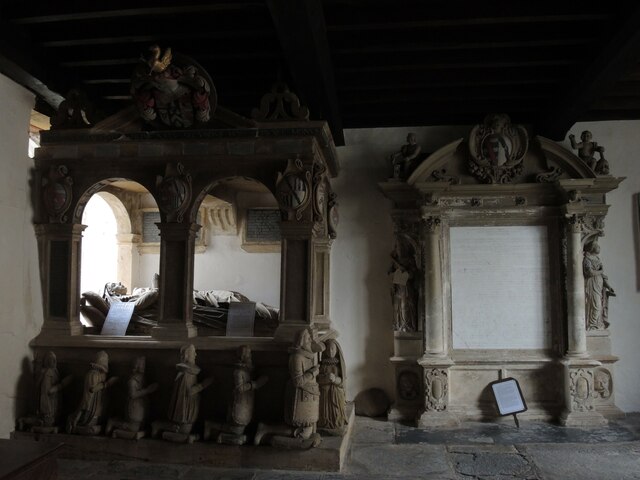
Goathurst is located at Grid Ref: ST2534 (Lat: 51.102036, Lng: -3.060136)
Administrative County: Somerset
District: Sedgemoor
Police Authority: Avon and Somerset
What 3 Words
///forwarded.stormed.splice. Near North Petherton, Somerset
Nearby Locations
Related Wikis
Goathurst
Goathurst is a small village and civil parish in the English county of Somerset, around 3 miles from the town of Bridgwater. The parish includes the hamlets...
Temple of Harmony
The Temple of Harmony is an 18th-century folly in the grounds of Halswell House, Goathurst, Somerset, England. Built in 1767, it is a replica of the 1st...
Robin Hood's Hut
Robin Hood's Hut is a small pavilion in the grounds of Halswell House, Goathurst, Somerset, in the west of England. It was built between 1740 and 1760...
Enmore Park Golf Club
Enmore Park Golf Club is a golf club set within the Quantock hills, an area of outstanding natural beauty, and in the village of Enmore within the county...
Enmore, Somerset
Enmore is a village and civil parish 2 miles (3 km) west of Bridgwater on the Quantock Hills in Somerset, England. The parish includes the hamlet of Bare...
Church of St Michael, Enmore
The Anglican Church of St Michael in Enmore within the English county of Somerset dates mainly from the 15th century, however some of the fabric of the...
Enmore Castle
Enmore Castle is a historic building in the village of Enmore, Somerset, England. It is a Grade II listed building. == Construction == Enmore was the seat...
West Bower Manor
West Bower Manor (also known as Durleigh Manor) in Durleigh within the English county of Somerset was largely built in the 15th century. It is a Grade...
Nearby Amenities
Located within 500m of 51.102036,-3.060136Have you been to Goathurst?
Leave your review of Goathurst below (or comments, questions and feedback).
